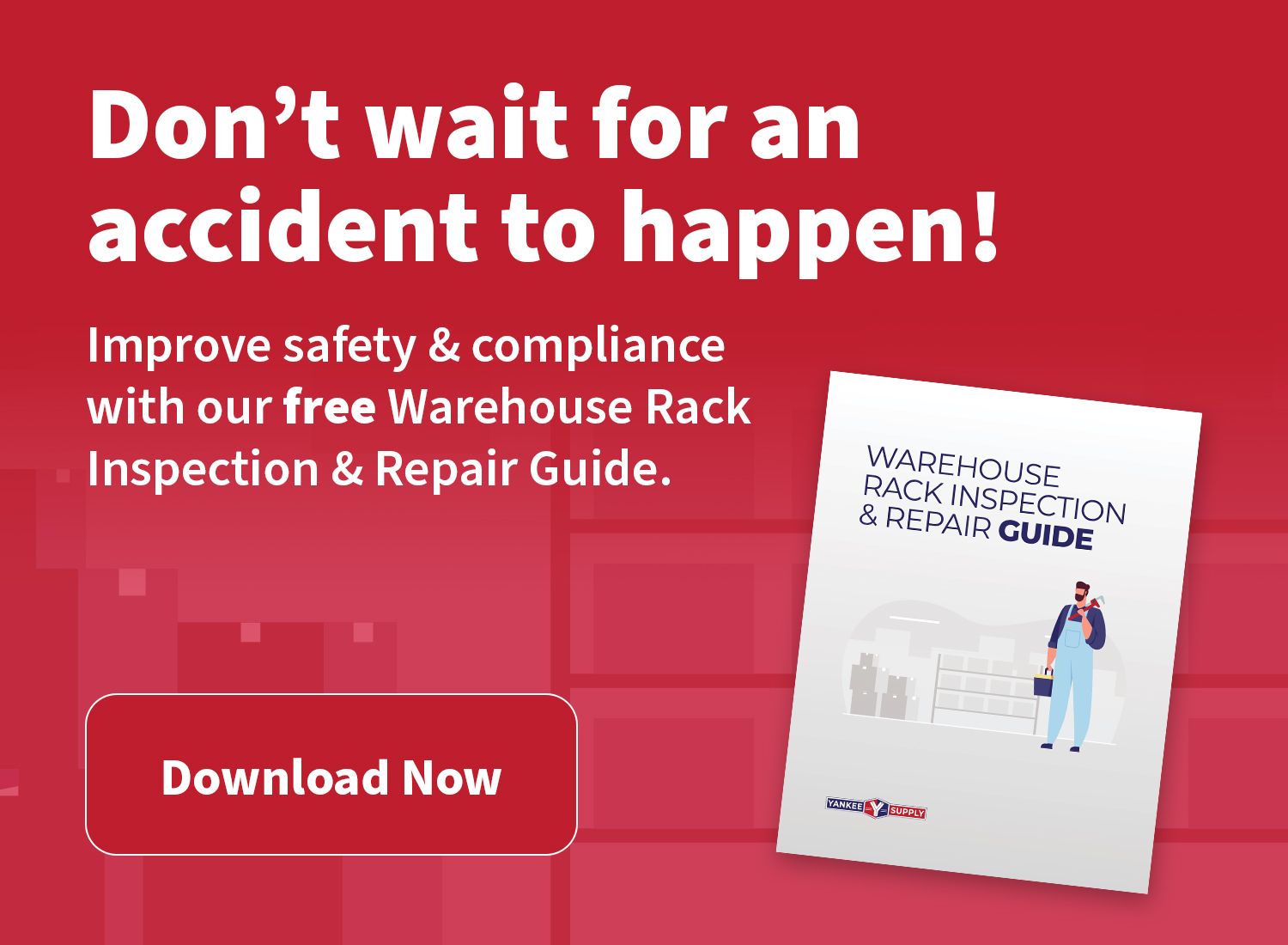The loading dock is the lifeblood of your warehouse. It’s where we put efficiency to the test. But with all this activity, the loading dock is also one of the most hazardous areas in any facility. An unsafe or poorly maintained dock can lead to accidents, damaged inventory, and major delays.
We're here with the essential safety practices to transform your loading dock into an efficient hub. With these essential dock safety practices, you can protect your team, equipment, and bottom line.
The Foundation of Dock Safety: Why It Matters
Loading docks are hubs of constant activity, making them prone to significant risks. Every forklift movement, every trailer backing up, and every person walking through the area is a potential accident.
An unsafe dock puts your team at risk, while leading to massive delays and regulatory fines. Workplace safety is a shared responsibility, extending from organization heads to every individual on the floor.
Key Dock Safety Practices for Every Shift
Implementing simple, consistent safety practices is the single most effective way to prevent accidents before they happen.
Communication & Training
Clear and consistent communication is the first line of defense. Use visible signage to communicate safety protocols. Beyond signage, conduct regular training to ensure every member of your team understands proper procedures. These procedures should include how to spot potential hazards and is prepared for any emergency.
Securing Vehicles
A major source of dock accidents is unexpected vehicle movements during loading. To prevent this, teams must secure every vehicle. Prevent trailer wheels from moving with wheel chocks or use restraints to lock the trailer directly to the dock.
Personnel & Equipment Safety
PPE is non-negotiable. Every member of your team needs to wear protective gear while on the dock. From helmets to appropriate footwear, PPE is essential in maintaining a clean and clear dock floor.
On top of this, maintaining a controlled flow of traffic is crucial for warehouse safety. People and forklifts don't mix, and should remain securely separated.
The Maintenance Checklist: Protecting Your Investment
Your warehouse equipment is key. Proactive maintenance helps loading docks remain functional.
Daily Visual Inspections
Before every shift, have your team perform a quick visual inspection of the entire dock area. These visual inspections include your dock leveler, seals & shelters, and dock bumpers. Identifying and reporting small issues early can prevent them from becoming major problems.
Routine Cleaning
A clean dock is a safe dock. Regularly clean your equipment and the surrounding area. A buildup of dirt, snow, or ice in your warehouse and on equipment speeds up corrosion and can increase on-the-job accidents.
When to Repair vs. Replace
Over time, even the most durable equipment will show signs of wear. A single repair can solve some issues, while others may compromise safety and require replacement. It’s always best to consult a professional to assess the condition of your equipment. An expert can determine whether a repair or replacement is the smarter solution.
A Holistic Approach to Dock Safety & Management
By committing to consistent safety practices, you can build a more productive and secure operation. A safe dock environment is the foundation for a streamlined business.
Ready to implement these essential practices? Yankee Supply offers rack inspection services for your warehouse racks. For more information or to book a consultation, visit: https://yankeesupply.com/pallet-rack-inspection-services/









